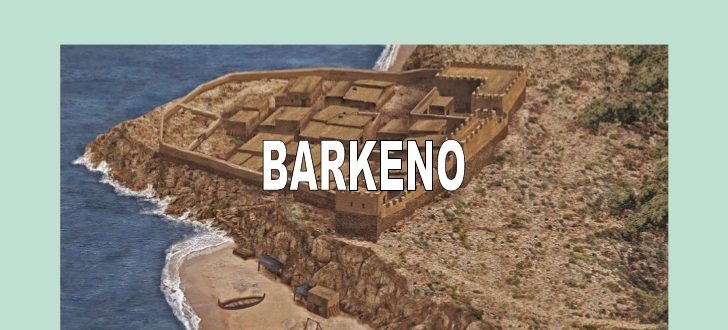Tour History and Hannibal gets a look in as I’ve just moved to Barcelona! There is a theory that Barcelona is actually named after Hannibal’s adopted ‘family’ name Barca (coined the ‘Barcids’ by modern writers. In general Carthaginians only had one name and the options seemed in short supply! There are so many Hannibals it gets very confusing!!). Barca means ‘lightning’ and Barcelona was originally named Barcino so this theory is quite possibly true. However, many scholars feel it is likely that the local Iberians founded this town prior to Hamilar’s arrival and named it Barkeno – Bar meaning in Iberian free, independent or rebellious people’. The patriarch of the Barcas was Hamilcar Barca, leader of the Carthaginians in the First Punic War against the Romans in 264-241 BCE. He had 6 children. 3 daughters names all unknown unfortunately who were married to Barca allies and 3 sons – Hannibal, Hamilcar and Mago – the trio who would take on Rome in the 2nd Punic War 218-201 BCE. The wives of the younger Barca boys we hear little about. However a couple of stories remain about Hannibal’s Spanish wife Imilche. As a side, when my daughter was born I proposed to my wife and then 4 year old son to name her Imilche… However all my son heard was milkshake so that ended that discussion, probably to the great relief of my wife!! Livy tells us of Imilche and her son being sent by Hannibal back to Carthage for their protection. He relates that Carthage’s government decided to sacrifice Hannibal’s son to their gods.(Most likely that this is Roman propaganda – The Roman’s liked to talk about how their enemies did horrible things like human sacrifice….just don’t go digging under the forum in Rome where they regularly buried alive Gauls when things were going wrong…) . Imilce obviously opposed this terrible decision so informed her husband; Hannibal refused to sacrifice his son and in exchange he swore to sacrifice ‘a thousand enemies’. He certainly lived up to his end of this bargain… At Baeza, Spain in the plaza del Pópulo, the Los Leones fountain is said to have been brought from the Roman city of Cástulo, Imilche’s home town. The female figure of the monument is said by some to be Imilce, although the head was reportedly cut off during the Spanish Civil War, as it was thought to resemble the Virgin Mary! So what we see today may not be original – however, I will certainly be making a cycling pilgrimage to check it’s likeness… just in case it was meant to be, and the statue (Imilche or the Virgin Mary!) looks just like my daughter Annie!

